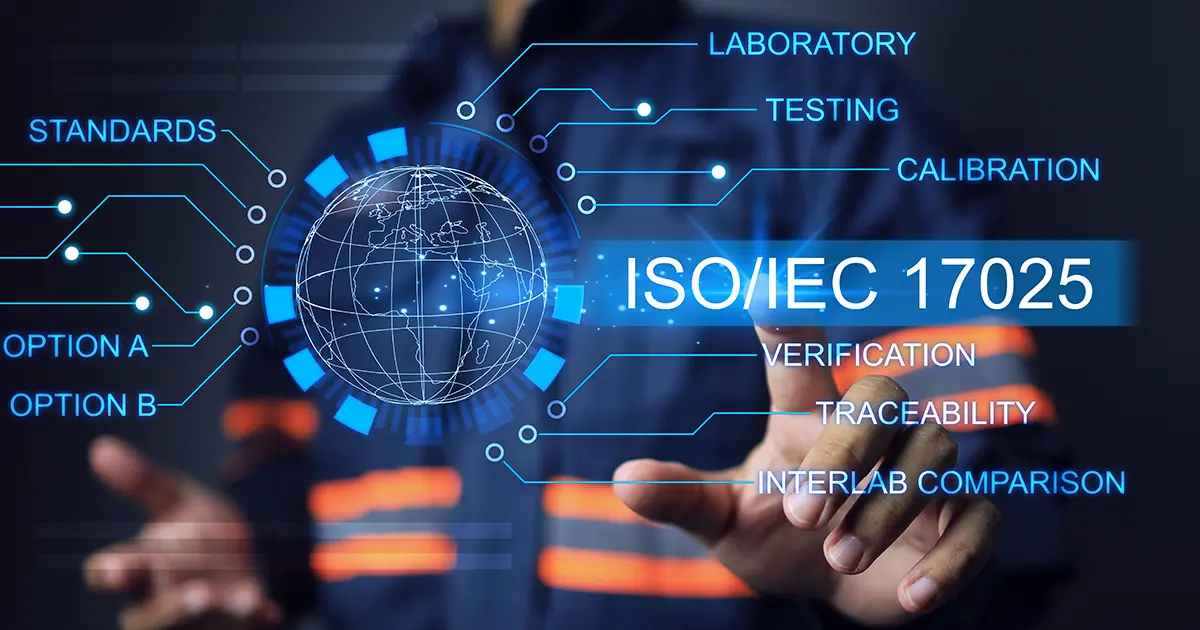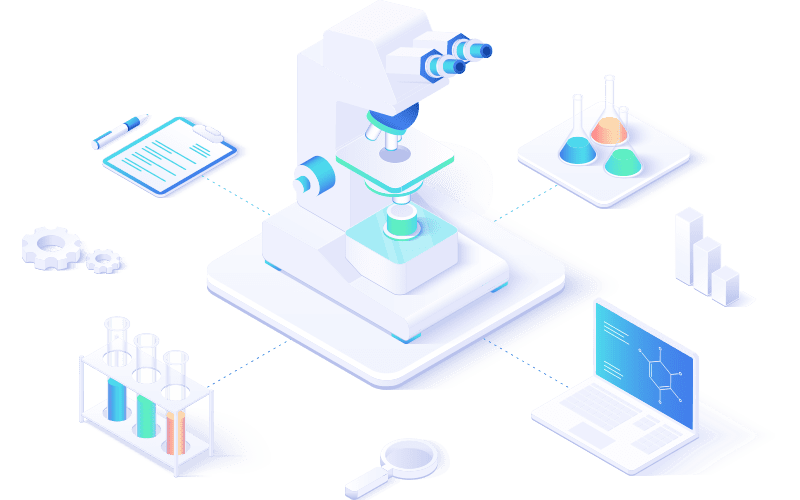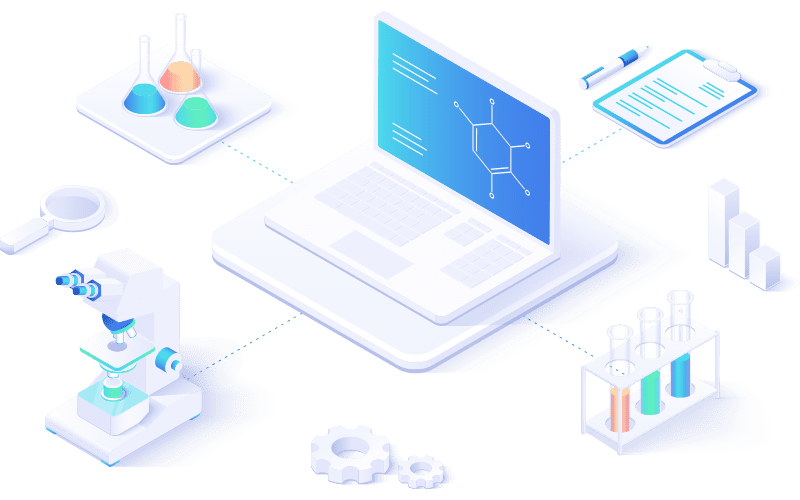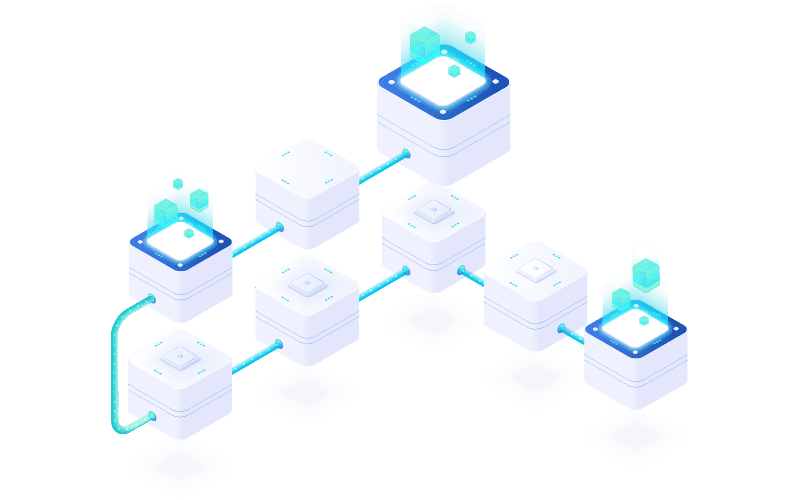
For laboratories performing testing or calibration, ISO/IEC 17025 is the global standard of excellence. Recognized across industries and borders, ISO 17025 defines the essential requirements for competence, impartiality, and consistent operation. But achieving this standard isn’t just about checking off boxes—it’s about building a lab that inspires trust, ensures accuracy, and operates with precision from sample intake to final report.
As regulatory scrutiny increases and clients demand greater transparency, ISO 17025 accreditation has become a differentiator for laboratories around the world. And whether you’re a government agency, private testing facility, university lab, or multinational enterprise, your path to accreditation—and long-term compliance—requires the right tools, systems, and support.
That’s where LabLynx comes in. With solutions built around the LabLynx LIMS Suite, ELN Suite, and Lab Automation Suite, laboratories are empowered to meet ISO 17025 requirements with confidence, agility, and control.
What Is ISO 17025?
ISO/IEC 17025 is the international standard that specifies the general requirements for the competence of testing and calibration laboratories. First issued in 1999 and most recently revised in 2017, the standard applies to all labs regardless of size or scope and is a requirement for many regulatory bodies and clients worldwide.
Unlike general quality standards like ISO 9001, ISO 17025 is specific to laboratory environments. It focuses on both the quality management system and the technical ability to generate valid results.
The standard covers key areas such as:
- Method validation and measurement uncertainty
- Sample traceability and chain of custody
- Equipment calibration and maintenance
- Staff qualifications and training records
- Data integrity and secure documentation
- Internal audits and continuous improvement processes
To become ISO 17025 accredited, labs must demonstrate competence not just in scientific procedures, but in maintaining consistent, repeatable, and well-documented operations.
Why ISO 17025 Compliance Matters
Compliance with ISO 17025 offers more than international recognition—it’s a direct investment in operational quality, customer trust, and scientific credibility. In industries where precision and repeatability are critical, ISO 17025 accreditation is often a prerequisite for contracts, partnerships, and regulatory approval.
Key benefits of ISO 17025 accreditation include:
- Global acceptance of test results across borders and organizations
- Increased customer confidence and competitive advantage
- Streamlined regulatory audits and reduced inspection findings
- Improved internal processes, efficiency, and accountability
- Clear documentation and traceability across the entire testing lifecycle
ISO 17025 Requirements: Management + Technical Excellence
The ISO 17025 standard is built on two fundamental pillars: Management Requirements and Technical Requirements.
1. Management Requirements
These focus on the implementation of a lab-wide quality management system. Labs must demonstrate documented procedures for handling client requests, managing complaints, executing corrective actions, and conducting internal audits. Key areas include:
- Document control
- Risk assessment
- Preventive and corrective actions
- Supplier and subcontractor evaluations
- Customer communication and satisfaction
2. Technical Requirements
These address the laboratory’s ability to produce accurate, repeatable, and scientifically valid results. This includes:
- Staff training and competency
- Validated testing methods
- Equipment calibration and maintenance schedules
- Proper sample handling and storage
- Measurement traceability and uncertainty estimation
How LabLynx Supports ISO 17025 Compliance
LabLynx understands that ISO 17025 compliance isn’t a one-time goal—it’s an ongoing commitment. That’s why our solutions are purpose-built to support every aspect of the standard. From data integrity and traceability to method management and personnel records, LabLynx gives labs the digital infrastructure they need to succeed.
Our comprehensive ecosystem includes:
- LabLynx LIMS Suite for sample management, traceability, and regulatory documentation
- LabLynx ELN Suite for real-time experiment tracking and secure scientific data capture
- LabLynx Lab Automation Suite for automated workflows, instrument integration, and quality control
Data Integrity and Sample Traceability
Every ISO 17025-compliant lab must maintain an unbroken, auditable trail from sample receipt to result reporting. Paper-based systems and disconnected spreadsheets simply can’t keep up with the demands of modern traceability.
How LabLynx Helps:
- Automates chain-of-custody documentation
- Tracks every sample action, storage condition, and user touchpoint
- Time-stamped audit trails across the lifecycle of data
- Role-based permissions and secure access controls
Method Validation and Version Control
Accredited labs must use validated, current methods—and be able to prove it. This includes SOP version tracking, method approval workflows, and clear linkage between test results and methods used.
How LabLynx Helps:
- Securely stores all methods with full version histories
- Links test results to the exact version of method applied
- Automates validation workflows and approval sign-offs
- Flags deviations or unauthorized use of outdated methods
Training Records and Personnel Competency
A key part of ISO 17025 is ensuring staff are qualified to perform the tasks they’re assigned. Labs must maintain accurate training records, assign roles appropriately, and show that only authorized users handle specific equipment or procedures.
How LabLynx Helps:
- Tracks training completion, certifications, and renewal dates
- Matches tasks and instrument use to user roles and credentials
- Generates alerts when certifications are expired or due for renewal
- Creates digital competency matrices for easy audit reference
Equipment Calibration and Maintenance Logs
Valid results require properly calibrated equipment. ISO 17025 demands full documentation of calibration schedules, maintenance events, and instrument performance history.
How LabLynx Helps:
- Automates calibration reminders and maintenance alerts
- Logs every action taken on each piece of equipment
- Stores certificates of calibration and maintenance reports
- Prevents test execution using out-of-calibration instruments
Document Control and Audit Preparedness
From SOPs and corrective action records to client communication logs, ISO 17025 requires complete control over your documentation—who accessed what, when, and why.
How LabLynx Helps:
- Manages all documents with versioning, approval workflows, and access permissions
- Maintains read-only archives of previous versions
- Offers exportable audit trails and reporting templates
- Custom dashboards to monitor compliance readiness in real time
Beyond Compliance: Continuous Improvement and Operational Efficiency
ISO 17025 compliance should elevate your lab—not limit it. LabLynx solutions are designed not just to meet the standard, but to help you exceed it. With automation, real-time alerts, and customizable dashboards, your team can shift from reactive to proactive.
By replacing spreadsheets and manual workflows with intelligent software, you gain:
- Faster turnaround times
- Lower risk of noncompliance
- Higher employee accountability
- Reduced administrative overhead
LabLynx solutions scale with your growth. Whether you’re implementing ISO 17025 for the first time or optimizing a multi-site global operation, we support your journey every step of the way.
Your ISO 17025 Partner for the Long Term
Achieving ISO 17025 accreditation is a milestone. Maintaining it is a commitment. LabLynx is here to support you at every phase—from initial gap analysis and digital transformation to ongoing optimization and audit preparedness.
Our integrated LIMS, ELN, and Lab Automation solutions help you stay compliant, agile, and ahead of regulatory demands. With LabLynx, your lab doesn’t just meet expectations—it becomes the standard others aspire to.
Ready to move toward ISO 17025 with confidence?
Schedule a Demo and see how LabLynx can help build a future-proof, quality-driven laboratory.
Accelerate Your Lab's Success & Experience LabLynx
"*" indicates required fields
Explore the LabLynx Suites

LIMS Suite
Seamless Sample and Workflow Management
The LabLynx LIMS Suite empowers laboratories with the tools needed to manage samples, workflows, compliance, and more in one centralized system. It’s the backbone for labs seeking efficient, reliable, and scalable management solutions.

ELN Suite
The LabLynx ELN Suite offers a modern approach to managing lab data and experiments. With its secure, intuitive platform, your team can record, store, and collaborate effortlessly, supporting innovation every step of the way.

Lab Automation
Automate for Efficiency and Growth
Streamline operations and boost productivity with the LabLynx Lab Automation Suite. Designed for labs ready to embrace advanced automation, this suite integrates systems, instruments, and workflows to deliver efficiency at scale.

